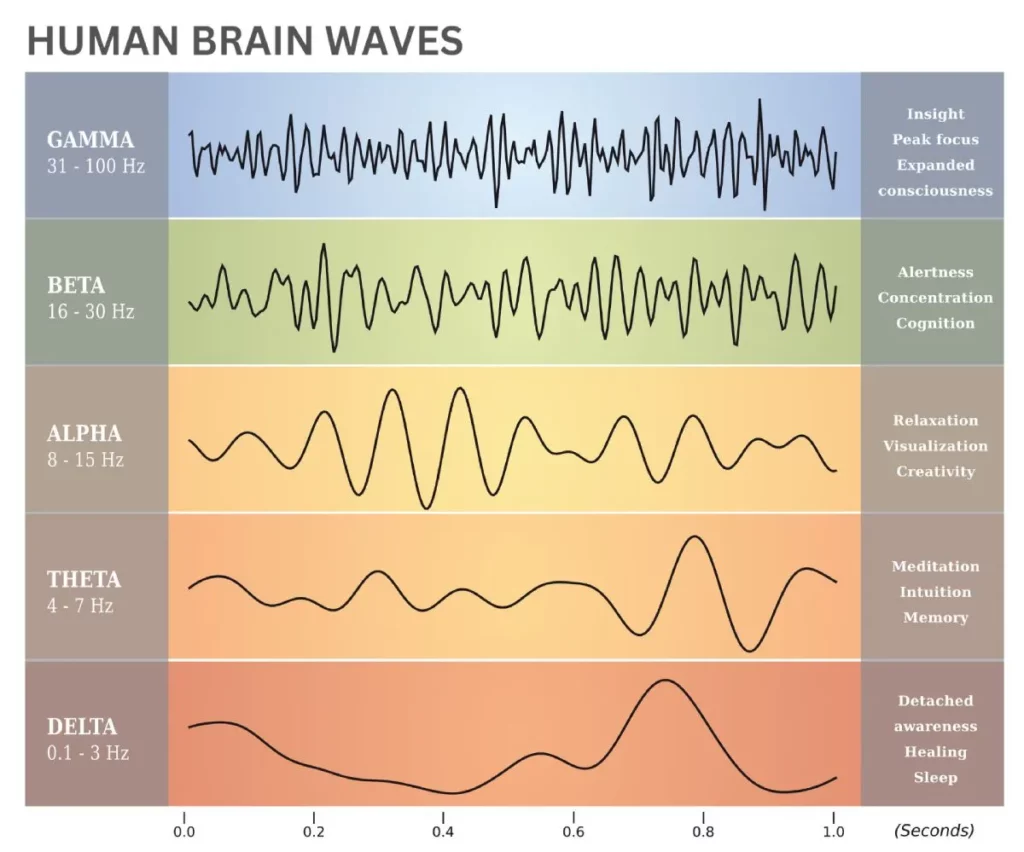Understanding Neurofeedback Therapy

How Does Neurofeedback Therapy Work?
Neurofeedback utilizes gentle brain stimulation in conjunction with electroencephalography (EEG), a clinical tool that measures the brain’s electrical activity. This method is at the forefront of noninvasive treatments, offering a tailored approach to mental health care. By accurately mapping the brain’s activity, neurofeedback allows for a highly personalized therapeutic experience, distinguishing itself from traditional methods by focusing on the individual’s specific brainwave patterns.
The strength of neurofeedback lies in its ability to adjust these patterns toward healthier functioning without the need for medication or surgical procedures. This innovative approach not only addresses symptoms directly related to mental health disorders but also empowers patients by involving them actively in their treatment process. As a result, neurofeedback stands as a cutting-edge solution, promising a future where mental wellness can be achieved with precision and gentleness, making it a compelling option for those seeking alternative treatments.
If you are interested in learning how Neurofeedback Therapy could help you, contact Scottsdale Ketamine Therapy Clinic, and schedule your consultation today.
What to Expect During a Session
A typical session begins with the application of sensors on the head and neck to gauge brain electrical activity via an EEG unit. The EEG unit transmits signals to a computer, which then sends low-intensity pulses back through the EEG unit to the brain. This process disrupts irregular brain wave patterns while encouraging the formation of healthier ones, resulting in the reduction of symptoms associated with unhealthy brain waves. Although improvements in brain wave patterns can be observed and documented through EEG, the system’s functionality does not rely on EEG mapping.
During a neurofeedback session, after the initial setup with sensors, patients can expect a comfortable and attentive monitoring process. Throughout the session, individuals may be asked to engage in specific tasks or relax as the system works to recalibrate brain activity. Feedback on brain wave patterns is often provided in real-time through visual or auditory signals, allowing patients to actively participate in their treatment. This biofeedback mechanism helps in making subtle adjustments to promote optimal brain function, fostering a collaborative and empowering environment between the patient and the therapist.

Session Frequency
The number of sessions required varies from individual to individual. While some may notice benefits after just a few sessions, sustained effects typically necessitate multiple sessions. For adults, a typical series comprises 10-20 sessions, whereas youth often require fewer. Initial improvements may be temporary, but as sessions accumulate, the duration of improvements tends to increase. Encouragingly, results usually endure and improve over time.
To tailor the neurofeedback experience further, it’s important for patients to understand that the path to improved brain health is a process that evolves over time. Personalized treatment plans, developed in consultation with a therapist, often adjust session frequency based on observed progress and individual response to therapy. This dynamic approach ensures that each patient’s journey toward mental wellness is optimized for their unique needs. Regular evaluations help in refining these plans, ensuring that the therapy remains responsive and effective, thus maximizing the potential for long-lasting mental health benefits.
Neurofeedback's Potential Benefits
The brain, a complex bioelectrical system comprising billions of neurons, governs all aspects of human experience, from thoughts and sensations to emotions and movements. While a single neuron firing is undetectable through EEG, the synchronized firing of billions of neurons generates detectable bioelectric energy waves known as brain waves.
Healthy brain waves are characterized by balance and predictability, with appropriate wave patterns occurring at appropriate times. Conversely, brain imbalances arising from injury or stress can manifest in various symptoms such as depression, chronic pain, ADHD, anxiety, PTSD, and lack of focus.
Neurofeedback’s effectiveness lies in its capacity to disrupt unhealthy brain wave patterns and promote the development of new, healthy ones. Analogous to rebooting a computer, this process encourages the brain to reset and establish healthier patterns.

Discover Neurofeedback Therapy in Scottsdale, AZ
Are you ready to enhance your mental well-being and unlock your potential? Neurofeedback Therapy in Scottsdale, AZ, offers a path to improved cognitive function, stress reduction, and overall mental health. Don’t wait to start your journey towards a healthier mind with neurofeedback therapy.
Contact us today to schedule your first session and experience the transformative effects of neurofeedback therapy. Let us help you live your best life—your mind deserves it!
BOOK AN APPOINTMENT
We provide complimentary consultation on a phone call. One of our experienced doctors will discuss your concerns and provide guidance.
Call us on 480-253-9710 (Scottsdale) or 480-256-9322 (Gilbert), or fill the form below to receive a call back
